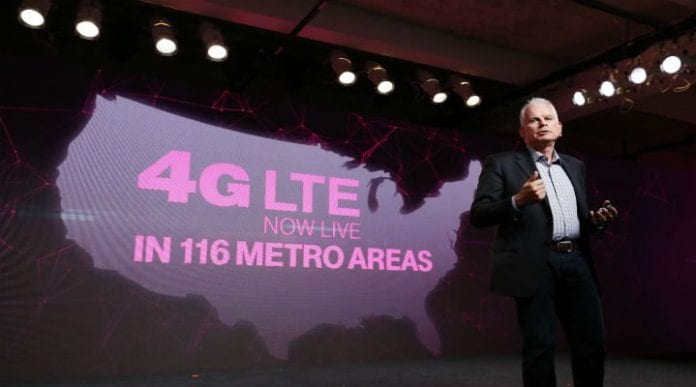The impact of platooning on the global economy will be far-reaching and profound
The Netherlands was treated to a fleeting glimpse of the future in April. The successful trial of high-tech truck convoys on the motorways of Europe flagged how the Industrial Internet of Things is on the cusp of transforming one of the world’s biggest industries: Distribution and logistics.
Today, this sector employs tens of millions of drivers around the world and its efficiency and effectiveness is governed by how far these truckers can drive without a rest. In most markets, rigid regulations limit drivers’ hours and stipulate that rest breaks must be taken. In the EU, for example, truckers can typically only drive nine hours in a day (which can be increased to 10 hours twice a week), 56 hours in a week and 90 hours in a fortnight. If they have to contend with bad weather, accidents and unexpected congestion, these restrictions can delay deliveries and increase costs.
But so-called platoons of self-driving trucks could make such restrictions obsolete. The concept works like this: Three trucks drive about 50 feet apart, connected by Wi-Fi. Sensors, processors and radios control the trucks, and the second and third trucks in the line mimic each of the first truck’s actions without driver intervention. A team of three drivers could take it in turns to control the lead truck, while his or her colleagues sleep, enabling the platoon to keep going almost continuously.
Impeccable logistics
There are other efficiency savings to be had: The trucks in a platoon effectively slipstream each other, reducing air resistance and, therefore, fuel consumption and greenhouse gas emissions. Moreover, as platooning is a less demanding form of driving, allowing for less time in front of the wheel, it would make it easier to persuade truckers to travel at night, enabling haulage companies to take advantage of less congested roads. In fact, platoons could also reduce congestion – a platoon of three trucks takes up less space on a road than three individual trucks.
While haulage is the most eye-catching and obvious application of the platooning concept, the same principle could be applied in many other aspects of transportation and logistics. It could also be applied on rail networks to increase capacity. In an open cast mine or another large industrial complex, a single driver could steer a platoon of vehicles across the site. To meet demand to travel to a major sports event or festival, a tour operator could platoon three buses to enable a team of drivers to travel further without having to stop for rest breaks.
A rail-like experience
In time, it is conceivable that private cars could join organized platoons enabling the driver to rest on the motorway section of a journey. For this to happen, there would need to be dedicated car parks, akin to rail stations, where cars could join or leave a platoon. The experience would be similar to catching a train or a bus, except the passenger would travel in their own car and be able to use their own vehicle when they arrive at their destination.
How soon could platooning transform transport and logistics? It is clear from the European trial that the necessary technology exists today, but that doesn’t mean that governments and regulators are about to give platooning the green light. Understandably, there is going to be a lot of public skepticism about this kind of automation. Proponents will need to address a myriad of concerns: What will be the impact on other drivers who will need to overtake convoys of vehicles, rather than a single truck? What if the connectivity between one vehicle and another fails? What kind of backup systems will need to be in place? How many convoys should be allowed on a stretch of road at a single time?
The political will exists
But in densely populated parts of Europe, such as the Netherlands, there seems to be the political will to give truck makers and the logistics industry the opportunity to address these concerns and turn platooning into a commercial proposition. Home to the huge container port of Rotterdam, the Netherlands is a global center of excellence in logistics and it wants to retain that position. Tellingly, six major truck manufacturers – Volvo, Scania, Daimler, MAN, DAF Trucks and Iveco – all created truck platoons for the recent trial – these players scent an opportunity to sell new high tech vehicles.
Of course, full-blown commercial deployments won’t happen this year or next. Instead, there will be a gradual ramp up of trials and tests. Assuming these are successful, platooning is likely to begin transforming the transport and logistics industry within the next five years. The ultimate impact of this technology on both our economy and our lives could be profound.

